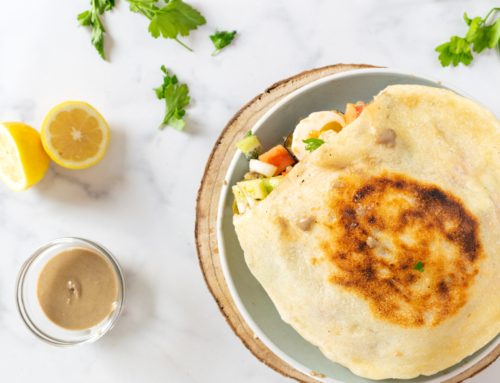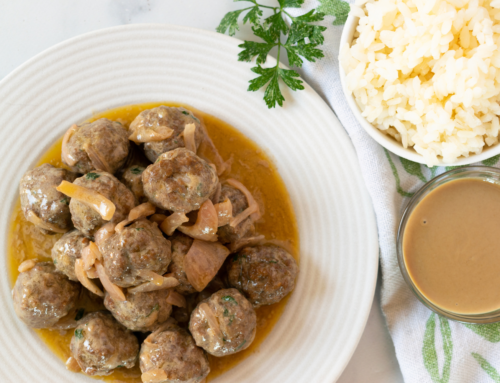Sofrito in Mediterranean Cooking
By Christine Dutton
Updated May 24, 2018
Sofrito In The Mediterranean Diet
Sofrito is a traditional Spanish vegetable base that is a foundation for many other dishes. It has a long a long history and has been referenced in cookbooks as early as the 1300’s.
Sofrito is highly flavorful and makes an excellent base for sauces, stews and other dishes. The elevated flavors are the result of the way the ingredients are prepared; they are cooked in fat (olive oil) to release the flavors. Many cuisines around the world use this technique: In India, dishes like curry and dal (beans) are covered with “tempering” which is a selection of aromatic spices that have been cooked in ghee (clarified butter) to release their flavors. In Thailand, a curry paste is cooked with coconut milk and the flavor of the spices and ingredients are released.
Different Mediterranean cuisines have their own variations of sofrito.The traditional Spanish version includes tomatoes, onions, peppers, garlic and onion. The ingredients are all cooked in olive oil. In Portugal, this base dish is called refogado. The Portuguese version is slightly different and bay leaves are often used. An Italian version common in Tuscany is referred to as soffritto, and uses carrots, onions, celery and olive oil. There is also a version eaten by Sephardic Jews in the Eastern Mediterranean. There are other common bases across the Mediterranean with a purpose of creating a delicious flavor foundation. The French prepare a Mirepoix, and some Italians cook with Battuto vegetable base.
Although it is simple in its preparation, family recipes for sofrito are cherished. Olive oil is the essential ingredient in any Mediterranean sofrito. Regardless of its simplicity, there are some important techniques to consider and, like a good risotto, it likes to be closely watched. Most traditional recipes recommend chopping by hand versus using a food processor. A good, homemade sofrito is simply delicious and worth the effort of chopping by hand.
All over the world, simple vegetable mixes are prepared as traditional dish starters. You’ll find that in some cuisines, they are essential. Many recipes will require a first step of preparing a vegetable base. Variations of traditional Spanish sofrito are found in many South American and Caribbean cuisines. In some Caribbean countries, sofrito is elemental, the way bread or rice is in many cultures. The recipes in Caribbean cuisines are often a mixture of new and old world ingredients and might include the addition of lard and salt pork or ham. There is a symbiotic relationship in the history of sofrito as the Spanish brought it to the Caribbean and South America. But, the tomato was introduced from the Caribbean.
Sofrito is not only delicious, but also nutrient-packed and includes Mediterranean Diet ingredients that improve upon your health. The benefits of eating sofrito have been demonstrated through research. A study conducted in 2013 by The University of Barcelona evaluated various compounds in sofrito. Sofrito was found to contain substances important to the prevention of cancer and cardiovascular disease. The sofrito evaluated contained tomatoes, onion, garlic, and extra virgin olive oil. Forty types of polyphenols, which reduce cardiovascular disease risk, were found in the sofrito, Carotenoids, a bioactive compound which studies have shown to reduce risk of certain types of cancers was also present.
Bring on the sofrito!
Here is a favorite recipe from Epicurious for a traditional Spanish sofrito.
Foods from Spain created a very good YouTube video, demonstrating some good techniques and tips and a recipe idea for using sofrito.
Best Bites Forever’s video shows how to make a large batch of Puerto Rican sofrito that is uncooked and meatless. Look for great freezer tips for the fresh sofrito! Additionally, she shares a cooked version using ham. And, finally, she shares a method that uses oil. I recommend using extra virgin olive oil. This recipe includes an herb called recao (culantro), which can be found in Latin markets.
Photo Credit: Christine Dutton












Bill Bradley, R.D. says:
Bill Bradley, R.D. says:
Bill Bradley, R.D. says: